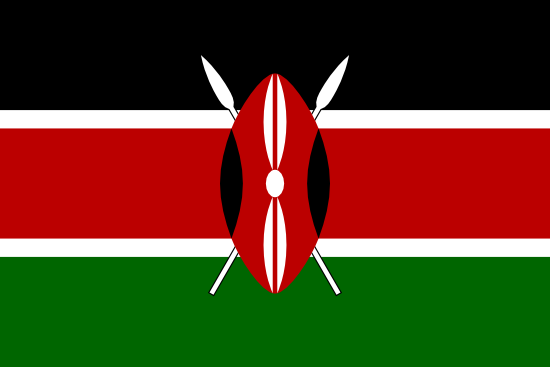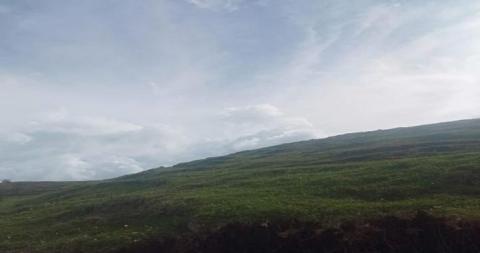Significance of Cherangani Hills Towers
Cherangani Hills is one of the five major water towers in Kenya which includes Mt Kenya, the Aberdares, Mt Elgon, and the Mau Complex water towers. The Cherangani Hills extend across three counties namely Elgeiyo Marakwet, Trans Nzoia, and West Pokot.
It is a twin tower with its waters draining into two basins, that is Kerio Valley basin which ends in Lake Turkana, and the Lake Vicoria basin. The rivers that drain to Lake Turkana from these hill includes Muruny, Weiwei, Lomut, and Kerio. Muruny , Weiwei, and Lomut join together downstream and is part of River Turkwel which drains into Lake Turkana. On Lake Victoria basin, these hills are the source of River Moiben and Kimoson which is part of River Nzoia that drains to Lake Victoria. Cherangani Hills form a critical source of livelihood to the
pastoralists and agro-pastoralists in West Pokot, Elgeiyo Marakwet, Turkana, and Trans Nzoia counties as permanent sources of water. It is also a source of water for urban towns such as Eldoret, Iten, Kitale, Kapenguria, and even Webuye in Bungoma County. It harbors a wide range of indigenous vegetation and plantation which provides source timber and medicinal plants for communities living around these hills such as the Pokot, Sengwer, Sabaot, Elgeiyo and Marakwet.
The indigenous species of trees found here include Prunus Africana, Olea Africana, Podocarpus gracilior,Croton microstachyus, Croton megalocarpus Acacia abbyssinica among others. Plantation trees found here includes Eucalptus saligna, Cupressus lusitanica, and Pinus patula . The forest is a source of natural honey as communities living around these hills practice apiculture as a means of alternative livelihood. It also provides alternative controlled grazing areas, especially during the dry season. Birdlife in the Cherangani hills is quite immense. It is the home of endemic birds and other wildlife such antelope-Sitatunga, leopard, and hyenas among others. It is the source of water for Saiwa National Park which boasts of hosting the rare antelope Sitatunga.
Despite of the ecosystem playing a very significant source of livelihood, there are anthropogenic activities
that have threatened its existence. These include critical human encroachment.
The communities living around the catchment, especially in West Pokot and Elgeiyo- Marakwet at
Lelan and Embobut respectively have almost depleted the natural forest through illegal settlement and
the exploitation of natural resources. Due to persistent encroachment, there has been the loss of biodiversity occasion by clear felling of trees without any afforestation programs either on farms or within the gazetted site. Illegal grazing also has affected vegetation succession due to underground grazing.
Climate change cannot be left out in the degradation of Cherangani hills. The communities living around
have reported that some plant and animal species including herbs have disappeared over time for
unknown reasons. It is hoped that the multi-agency program launched recently by the NETFUND in collaboration with Italian the government on conservation and rehabilitation of the Cherangani hills ecosystem will provide a sustainable management and utilization approach for this crucial water tower.

